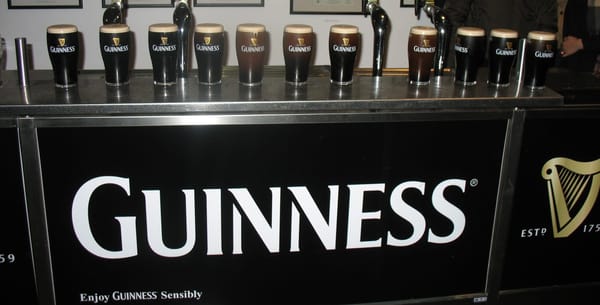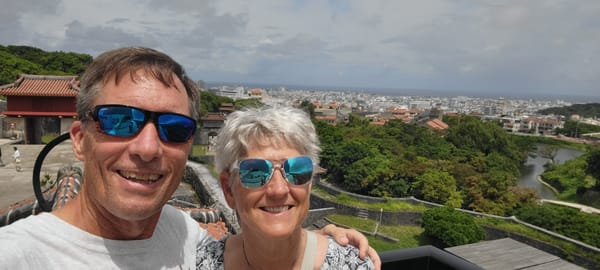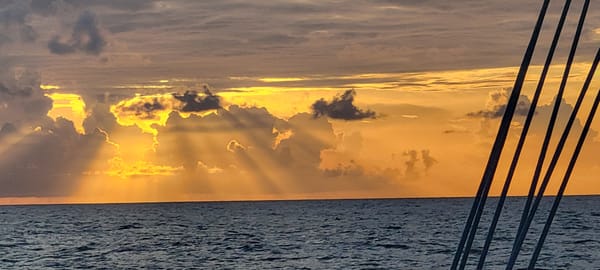Halfway to Okinawa
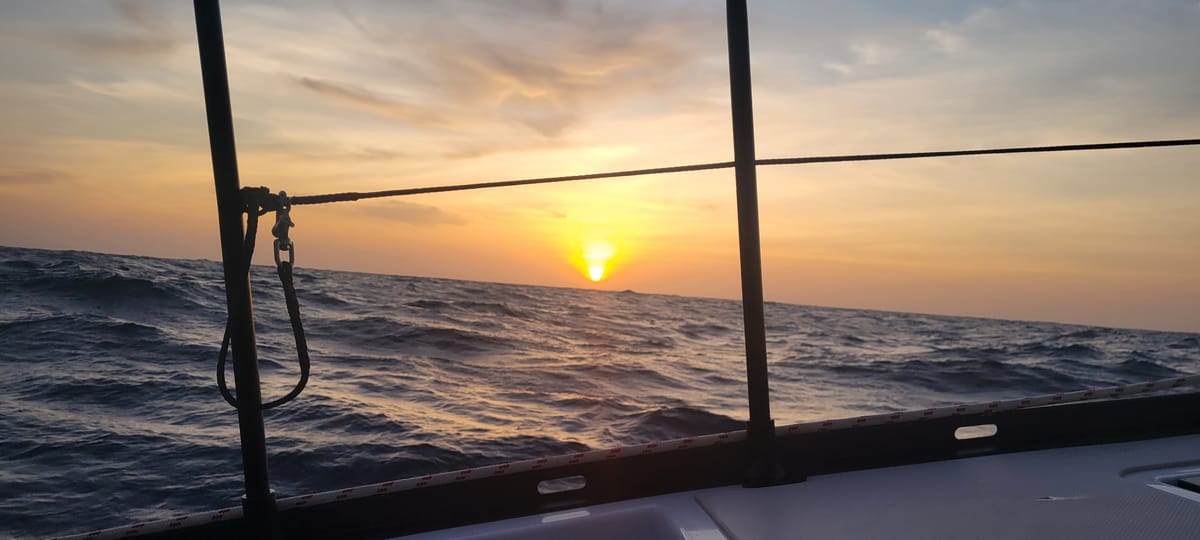
It's Day 5 of our journey and we are about halfway to our stop in Japan. The reason we are stopping there is to get more provisions and make any needed repairs before crossing the Pacific.
So far it's been like the movie Ground Hog Day. Each day has been about the same. We have been in high winds and high seas and traveling downwind since we left Saigon. The seas and swells have not been kind. We've been tossed around non-stop in swells that at times have exceeded 10 feet. It's not dangerous (these boats are designed to handle it), but we have to be careful walking and standing.
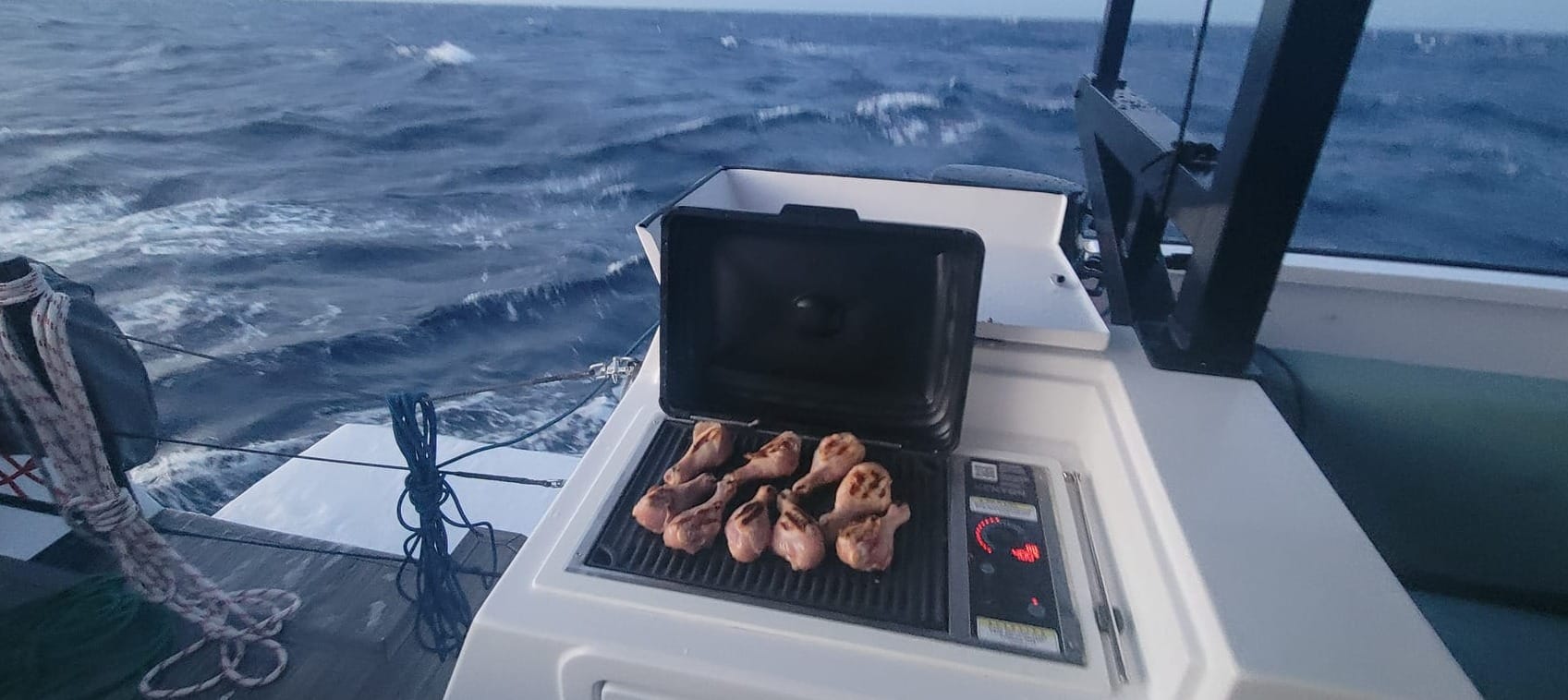
Thanks to everyone who sent questions! I'll try to answer all of them in time, but today I'll concentrate on those related to seamanship and navigation.
When out at sea, on a clear day, you can see about 15 miles. So very quickly after leaving port, land will disappear unless you are sailing parallel to land. Just the boat and a 360 degree view of water.
There are a few dangers out at sea, but like most dangers, they are only an issue if you take risks. The biggest dangers are collision, major rigging failure, personal injury and going overboard.
To prevent collisions, one of us is ALWAYS on watch, looking out on the water, and monitoring our AIS system. Almost all significant sized vessels (bigger than a small fishing boat) have AIS which reports their position in real time. So although we often can't see a ship with our eyes until within 10 miles, we know where they are, which way they are heading, how fast they are going, and what will be our CPA (our closest point of approach). In other words, the system will tell us how close we are going to get. We don't get too concerned unless CPA is less than 2 miles. If collision is a risk, one of the vessels will maneuver to avoid collision according to International Rules of the Road.
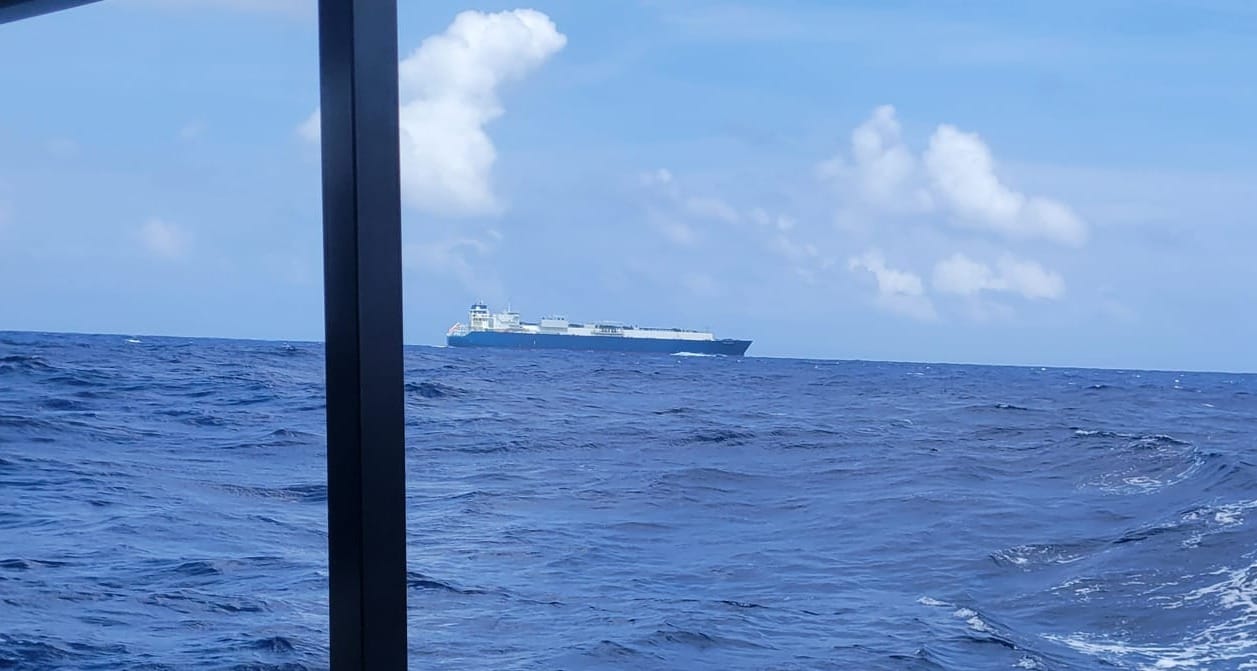
Major rigging failure is very rare, and usually only occurs when the boat has had poor maintenance and/or the boat is sailed beyond it's ability for the conditions.
Personal injury is probably the biggest risk. Falls, finger and head injuries can happen if not careful. We carry a 1st aid kit for those possibilities.
Going overboard is life threatening. In rough seas, and especially at night, it is extremely hard to find someone who fell over. For that reason, we do not go "topside" or the front of the boat unless necessary, and depending on conditions, we will wear a life jacket with a beacon that automatically notifies the ship of the overboard and the location. We can also wear a harness and tether ourselves to the boat. But Jen and I have no intentions of even having to use our life jacket and venturing near the sides in rough seas.
We have not been without a few issues on this trip. Our toilet is not working so we need to use one of the other two until we can repair it in Okinawa. Also, we almost lost our anchor. A big wave knocked the lock off our anchor chain, releasing the anchor. Luckily it only went out about 10 feet and we were able to bring it back up. It could have easily fully went out and potentially been lost, or not lost but having it dangle below the boat.
We've seen our first dolphins, several flying fish, a few seagulls, and even a butterfly! And we've had a few beautiful sunrises and full moon viewing at night.
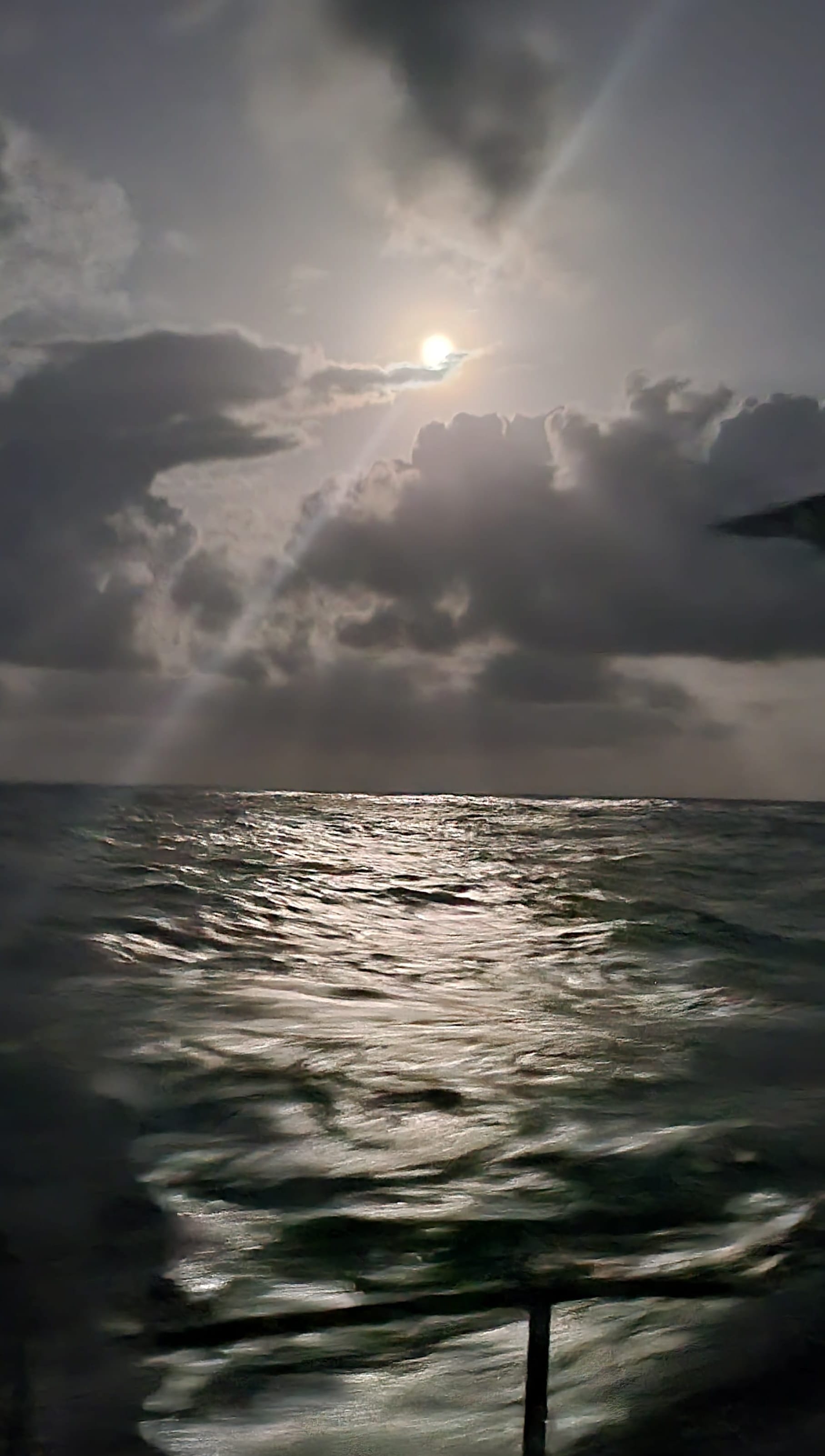
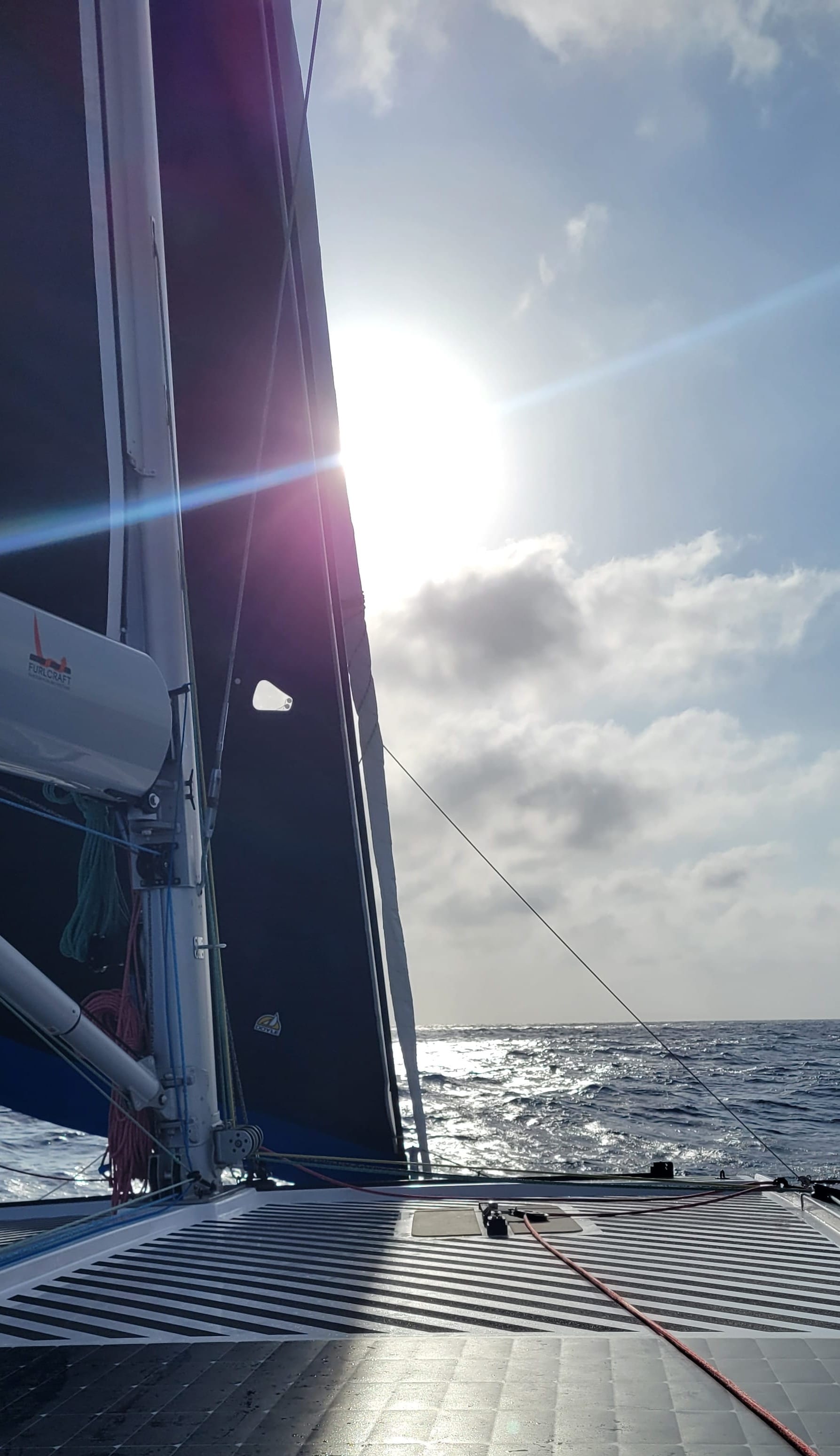
Thanks for following us! Peace and Love.


